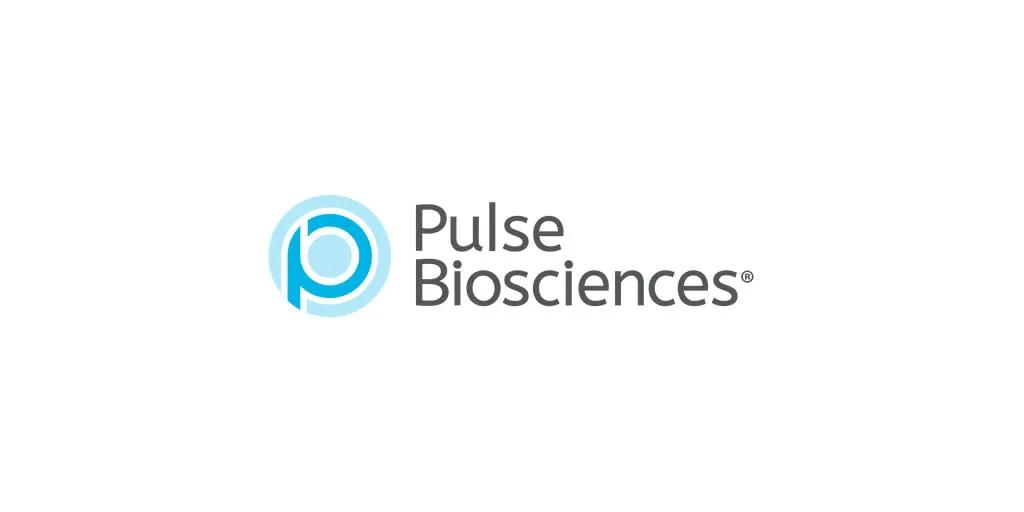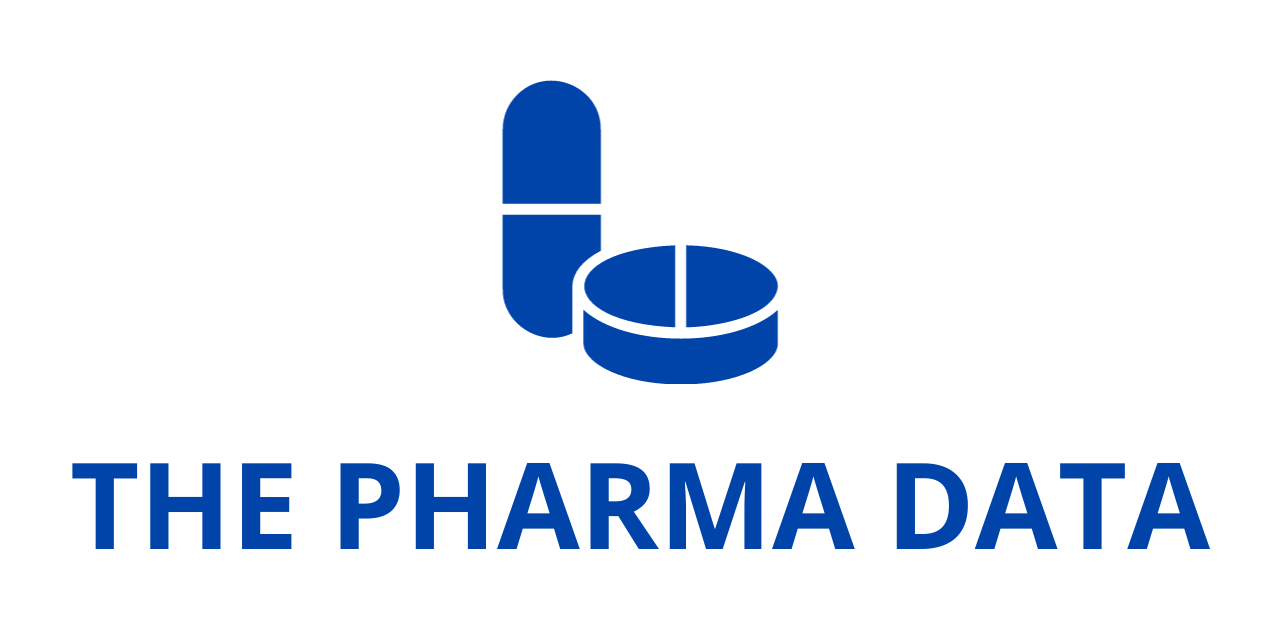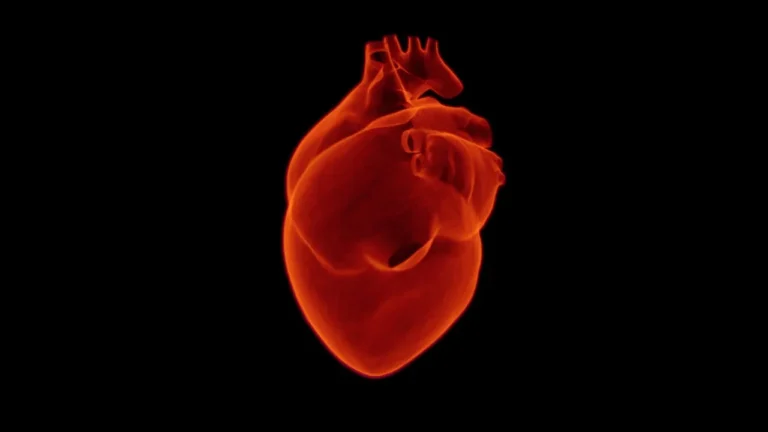
Pulse Biosciences Unveils Promising First-in-Human Feasibility Data for the nPulse™ Cardiac Surgical System at EACTS 2025
Pulse Biosciences, Inc. (Nasdaq: PLSE), a clinical-stage medical technology company pioneering the use of its novel nPulse™ technology based on Nanosecond Pulsed Field Ablation™ (nsPFA™), announced encouraging results from its first-in-human feasibility study of the nPulse™ Cardiac Surgical System. The data were presented as a late-breaking session at the 39th Annual Meeting of the European Association for Cardio-Thoracic Surgery (EACTS), held in Copenhagen, Denmark.
The study marks an important milestone for Pulse Biosciences as it represents the first clinical demonstration of its nPulse™ Cardiac Surgical System, a next-generation epicardial ablation platform designed to treat atrial fibrillation (AF) with unprecedented precision and safety.
Assessing the Potential of Nanosecond Pulsed Field Ablation in AF Treatment
The ongoing feasibility study (ClinicalTrials.gov Identifier: NCT06355063) is designed to evaluate the initial safety, procedural efficiency, and effectiveness of the nPulse™ Cardiac Surgical System for the treatment of atrial fibrillation, a cardiac arrhythmia that affects millions worldwide and remains one of the leading causes of stroke and heart failure.
To date, 44 patients have been treated in Europe by leading cardiac surgeons, including:
- Dr. Bart van Putte, Cardiothoracic Surgeon, St. Antonius Hospital Nieuwegein, Netherlands
- Dr. Bart Maesen, Cardiothoracic Surgeon, Maastricht University Medical Center+ (UMC+), Maastricht, Netherlands
- Dr. Antoine Driessen, Cardiothoracic Surgeon, Amsterdam UMC, Amsterdam, Netherlands
Among these 44 patients, 24 underwent follow-up electroanatomical mapping approximately three months after the ablation procedure to assess the durability and completeness of the pulmonary vein isolation (PVI) and posterior box isolation — two critical metrics in determining the success of atrial fibrillation ablation procedures.
Encouraging Early Clinical Findings
The data presented at EACTS 2025 reveal a highly promising safety and efficacy profile for the nPulse™ Cardiac Surgical System. According to the study’s investigators, the system demonstrated a remarkable ability to achieve durable and complete lesion sets in short procedural times while avoiding common complications seen with thermal ablation techniques.
Dr. Bart van Putte, who led several of the early procedures, shared his perspective on the clinical potential of the technology:
“Electroanatomical mapping results for the first 24 patients treated with the nPulse Cardiac Surgical System show durable and consistent pulmonary vein isolation (PVI) and posterior box isolation, achieved safely with rapid ablation times,” said Dr. van Putte. “This feasibility study represents the first use of an epicardial PFA surgical technology, and the early results suggest that the speed, safety, and effectiveness of the nPulse Surgical Cardiac Clamp’s efficient workflow has the potential to significantly expand the use of cardiac surgical ablation for patients suffering from atrial fibrillation.”
Detailed Study Outcomes
Key findings from the initial feasibility cohort include:
- Posterior Box Isolation Success: 100% acute success rate in the high-dose cohort.
- Pulmonary Vein Isolation: Achieved a success rate of 94% (63/67 veins) at approximately three months post-ablation.
- Procedural Efficiency: Average total ablation time of 50 seconds, using an average of 13 applications per patient.
- Safety Profile: No reported cases of esophageal injury, phrenic nerve damage, or other ablation-related major or severe adverse events.
These results underscore the potential of nsPFA to deliver fast, effective, and reproducible ablation outcomes while mitigating the risks commonly associated with thermal ablation modalities such as radiofrequency or cryoablation.
Demonstrating Efficiency Through Live Procedure at EACTS 2025

In addition to the late-breaking data presentation, the nPulse™ Cardiac Surgical System was featured in a “live-in-a-box” session during the EACTS meeting. The recorded case, performed and presented by Dr. van Putte, showcased the system’s ability to quickly achieve both pulmonary vein and posterior box isolation through a streamlined workflow designed for cardiac surgical settings.
The live demonstration emphasized several of the technology’s key operational advantages:
- A simplified clamping mechanism that allows rapid placement and uniform energy delivery.
- Near-instantaneous ablation times, typically under one minute.
- Nonthermal, cell-selective tissue ablation enabled by nanosecond pulsed electric fields.
This procedural efficiency is particularly significant in the context of hybrid ablation strategies, where cardiac surgeons and electrophysiologists work collaboratively to achieve comprehensive and durable rhythm control for complex atrial fibrillation cases.
Reimagining Cardiac Ablation: The Science Behind nsPFA™
Pulse Biosciences’ proprietary Nanosecond Pulsed Field Ablation™ (nsPFA™) technology represents a paradigm shift in cardiac ablation. Unlike conventional thermal-based energy sources — such as radiofrequency, microwave, or cryoablation — nsPFA™ delivers ultra-short, high-intensity electric pulses that cause irreversible electroporation of targeted cardiac tissue cells without generating heat.
This mechanism provides several key advantages:
- Precision: Ablation zones are sharply delineated, minimizing collateral damage to nearby structures such as the esophagus or phrenic nerve.
- Speed: nsPFA™ produces tissue-specific cell death almost instantaneously, reducing overall procedural time.
- Safety: The nonthermal nature of nsPFA™ eliminates the risk of charring, thrombus formation, and thermal injury — common complications of traditional ablation.
The nPulse™ Cardiac Surgical System leverages these principles within a bipolar clamp design optimized for epicardial surgical use, combining high controllability with real-time feedback to ensure consistent lesion delivery.
A New Era for Surgical Atrial Fibrillation Treatment
Atrial fibrillation remains one of the most challenging cardiac arrhythmias to treat, especially in patients undergoing concomitant cardiac surgery. While surgical ablation has proven effective, adoption has been limited by the complexity, duration, and potential complications associated with thermal energy sources.
Pulse Biosciences aims to address these limitations with nPulse™ — offering a system that simplifies workflow, shortens procedure times, and enhances lesion consistency. If validated through subsequent clinical studies, this could significantly broaden the use of surgical ablation and improve rhythm outcomes for patients with persistent or long-standing AF.
IDE Study and Regulatory Pathway
Building on the positive momentum from the European feasibility study, Pulse Biosciences is preparing to initiate an Investigational Device Exemption (IDE) study in the United States later this year. The IDE trial will serve as a pivotal step toward obtaining clinical validation and ultimately securing regulatory approval for commercial use.
“Pulse Biosciences is the first company to bring pulsed field ablation into the cardiac surgical field for the treatment of atrial fibrillation,” said Paul LaViolette, CEO and Co-Chairman of Pulse Biosciences. “We believe our novel and proprietary nonthermal nPulse technology offers significant advantages in safety, efficacy, and speed compared to traditional thermal ablation methods like radiofrequency. We remain on track to initiate an IDE study this year and look forward to working with leading physicians to bring this breakthrough technology to patients worldwide.”
The early data from the first-in-human feasibility study of the nPulse™ Cardiac Surgical System mark an important advancement in the evolution of cardiac ablation. By demonstrating durable pulmonary vein isolation and posterior box isolation with exceptional safety and procedural efficiency,has provided compelling evidence that nsPFA™ could redefine the standard of care for surgical atrial fibrillation treatment.
As the company moves toward broader clinical validation and potential commercialization, its pioneering work in nonthermal pulsed field energy stands to not only transform the field of cardiac surgery but also reinforce the broader potential of nsPFA™ technology across multiple therapeutic domains.




